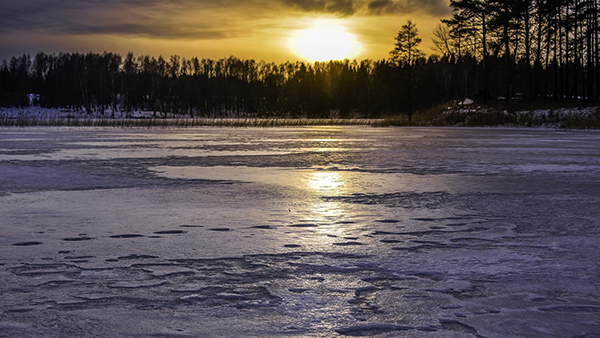LITHUANIA, EUROPE
Labanoras Wetlands
The Labanoras Wetland park in eastern Lithuania covers an area of 553 km². About 70 lakes with a surface area of 260 km² make up 41% of the total area. There are 30 km² of raised bogs and other wetlands. 30 streams and 3 rivers flow in/through the park. Forests (mainly pine) cover 80% (400 km²) of the total area.
What makes it special
Labanoras Regional Park is Lithuanians biggest national park.
Protection status
· Ramsar Site 1993, Wetland of International Importance
· EU Natura 2000
· Regional Park - Labanoras
· Strict Nature Reserve - Girutiskis bog

Biodiversity
The park is home to 54 species of mammals, 172 species of birds, 5 species of reptiles and 11 species of amphibians. One of the park’s natural treasures is the spawning of salmon in small rivers which, thanks to warm springs, do not freeze completely in winter, even at -30°C.
Mammals include beaver, otter and moose. Beavers are particularly important ecologically, for example by damming drainage ditches and creating new wetlands. Nesting birds include the Arctic Loon, Dunlin, Osprey, Bittern, Crane, Black Stork, Kingfisher, Spotted Crake and Black Grouse. Nowhere else in Europe nests more white stork pairs per square kilometer than in Lithuania.
The diversity of plant species in Labanoras Regional Park is very high. Botanists have counted 120 species of willow, 300 species of gentian, 80.000 species of spotted orchid, 2.300 species of water lobelia and 200 species of water lily.

Threats
Climate change is causing the upland moors in the Regional Park to dry out, resulting in increased growth of pine and birch.
Land use changes and abandonment of crops and meadows lead to habitat changes. Fallow land changes in to forest and woodland takes back its area. For many bird of manmade landscapes, this could lead to loss of suitable habitats and to population declines.

